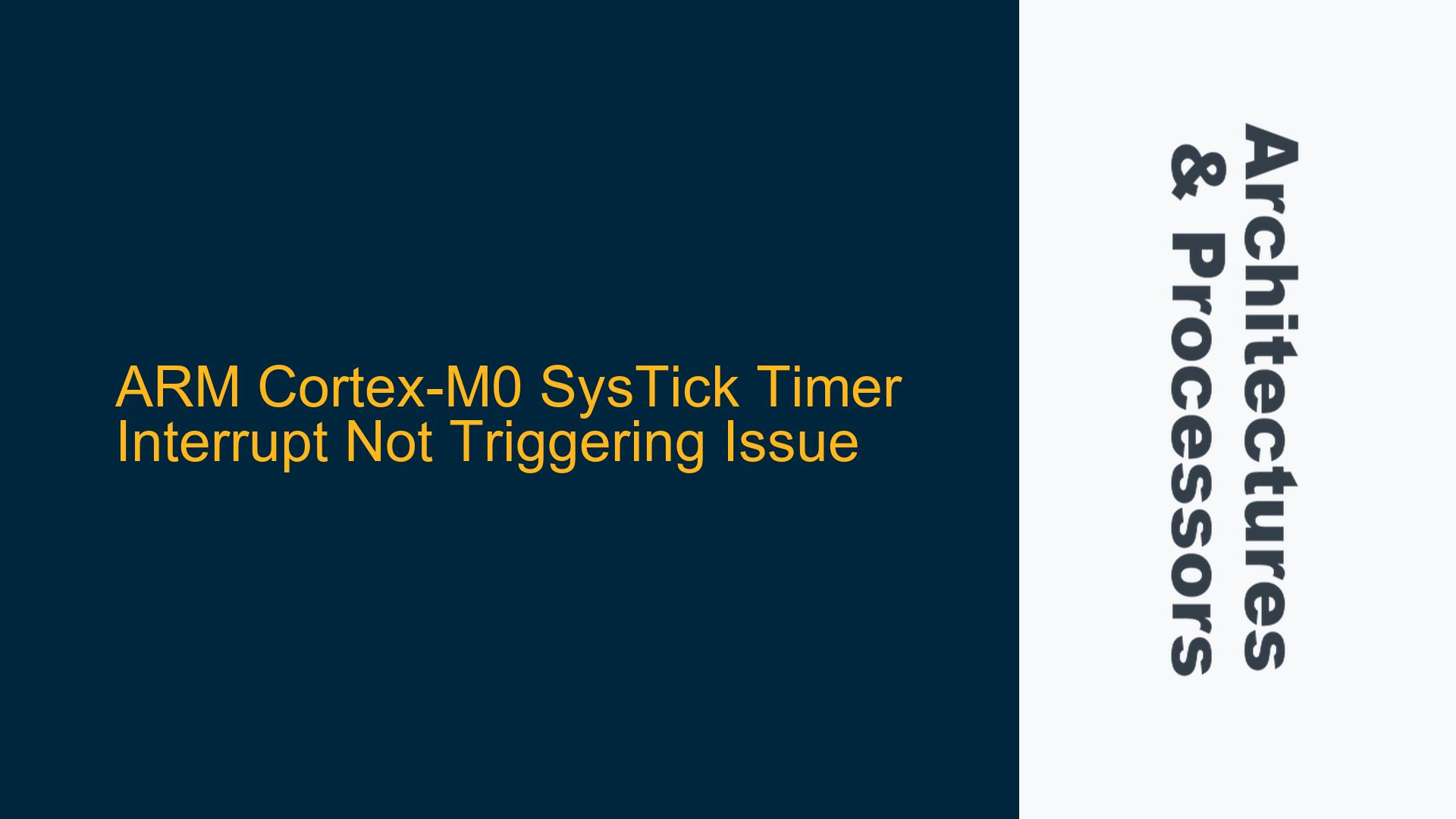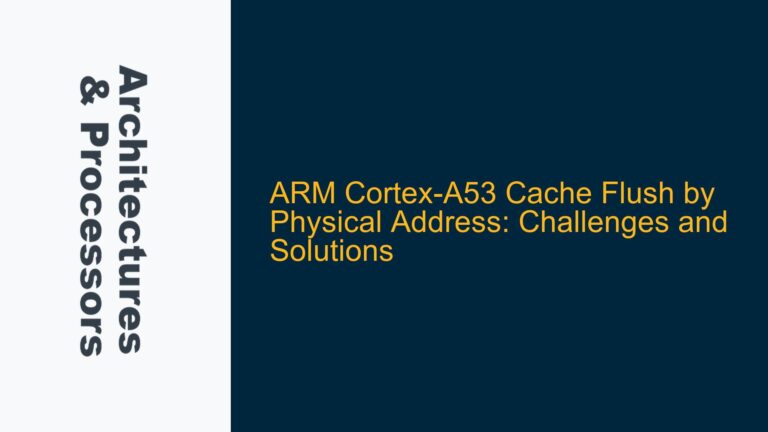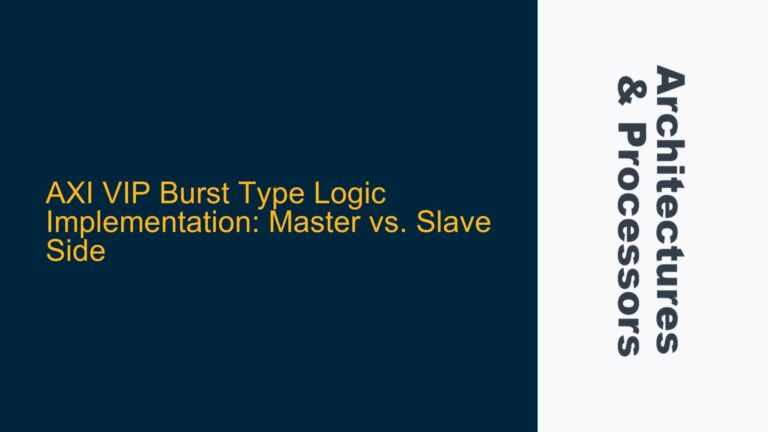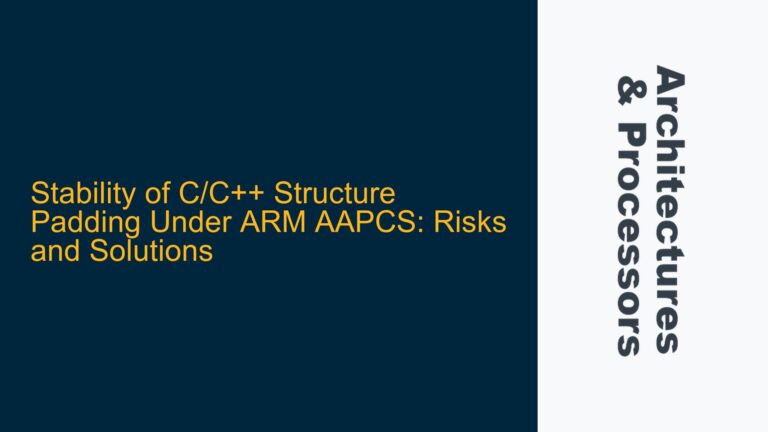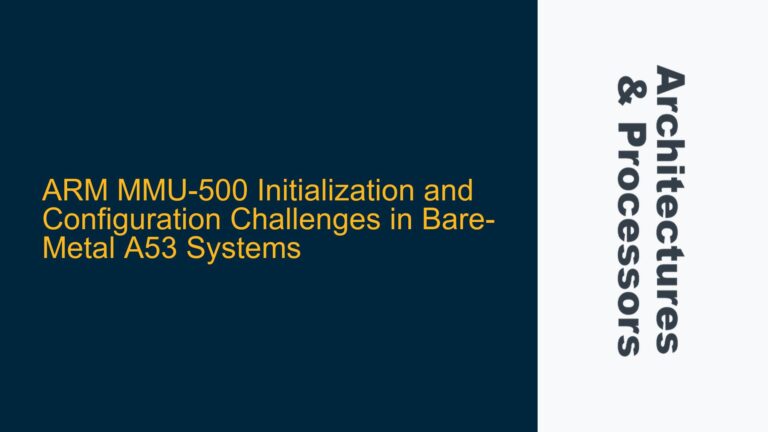SysTick Timer Configuration and Interrupt Handling in ARM Cortex-M0
The SysTick timer is a fundamental peripheral in ARM Cortex-M0 microcontrollers, designed to provide a simple and efficient way to generate periodic interrupts. The timer operates by counting down from a reload value (SYST_RVR) to zero, at which point it can trigger an interrupt if configured correctly. The key registers involved are SYST_CSR (Control and Status Register), SYST_RVR (Reload Value Register), and SYST_CVR (Current Value Register). The SYST_CSR register controls the timer’s operation, including enabling the timer, enabling the interrupt, and selecting the clock source.
When the timer reaches zero, it reloads the value from SYST_RVR and continues counting down. If the TICKINT bit in SYST_CSR is set, the timer will generate an interrupt request, causing the processor to jump to the SysTick exception handler in the vector table. However, in some cases, the interrupt may not trigger as expected, leading to issues in timing-sensitive applications.
Potential Causes of SysTick Interrupt Failure
Several factors can contribute to the SysTick interrupt not triggering as expected. These include incorrect configuration of the SysTick registers, issues with the NVIC (Nested Vectored Interrupt Controller), and problems with the vector table setup.
Incorrect SysTick Configuration
The SysTick timer must be properly configured for interrupts to function correctly. This involves setting the correct values in the SYST_CSR, SYST_RVR, and SYST_CVR registers. The SYST_CSR register must have the TICKINT bit set to enable interrupts, and the ENABLE bit must be set to start the timer. Additionally, the clock source must be selected appropriately using the CLKSOURCE bit in SYST_CSR. If any of these bits are not set correctly, the timer may not generate interrupts.
NVIC Configuration Issues
The NVIC is responsible for managing interrupts in the Cortex-M0. If the NVIC is not configured correctly, interrupts from the SysTick timer may not be recognized. This can occur if the interrupt enable register (ISER) is not set to enable the SysTick interrupt, or if the priority of the SysTick interrupt is set too low, causing it to be preempted by other interrupts. Additionally, the PRIMASK register must be cleared to allow interrupts to be processed. If PRIMASK is set, all interrupts will be disabled, including those from the SysTick timer.
Vector Table Misconfiguration
The vector table in the Cortex-M0 contains the addresses of the exception handlers, including the SysTick handler. If the vector table is not correctly set up, the processor may not jump to the correct handler when the SysTick interrupt occurs. This can happen if the address of the SysTick handler is not correctly placed in the vector table, or if the vector table itself is not located at the correct memory address.
Troubleshooting and Resolving SysTick Interrupt Issues
To resolve issues with the SysTick interrupt not triggering, a systematic approach should be taken to verify the configuration of the SysTick timer, the NVIC, and the vector table.
Verifying SysTick Configuration
First, ensure that the SysTick timer is correctly configured. This involves setting the SYST_RVR register to the desired reload value and enabling the timer by setting the ENABLE and TICKINT bits in the SYST_CSR register. The clock source should also be selected appropriately. For example, to use the processor clock as the source, the CLKSOURCE bit should be set.
#define SYST_CSR_ENABLE (1 << 0)
#define SYST_CSR_TICKINT (1 << 1)
#define SYST_CSR_CLKSOURCE (1 << 2)
SYST_RVR = 0x0000FFFF; // Set reload value
SYST_CSR = SYST_CSR_ENABLE | SYST_CSR_TICKINT | SYST_CSR_CLKSOURCE; // Enable SysTick with interrupt
Checking NVIC Configuration
Next, verify that the NVIC is correctly configured to enable the SysTick interrupt. This involves setting the appropriate bit in the ISER register to enable the SysTick interrupt. Additionally, ensure that the PRIMASK register is cleared to allow interrupts to be processed.
#define NVIC_ISER_SETENA (*(volatile unsigned long *)0xE000E100)
NVIC_ISER_SETENA = (1 << 0); // Enable SysTick interrupt
__enable_irq(); // Clear PRIMASK to enable interrupts
Ensuring Correct Vector Table Setup
Finally, ensure that the vector table is correctly set up with the address of the SysTick handler. The SysTick handler should be placed at the correct offset in the vector table, typically at address 0x0000003C for the Cortex-M0. The vector table should be located at the start of memory (address 0x00000000) unless otherwise configured.
void SysTick_Handler(void) {
// SysTick interrupt handling code
}
void (* const g_pfnVectors[])(void) = {
// Other exception handlers
SysTick_Handler, // SysTick handler at offset 0x3C
};
Debugging Tips
If the SysTick interrupt still does not trigger, consider the following debugging steps:
-
Check the COUNTFLAG Bit: The COUNTFLAG bit in the SYST_CSR register is set when the timer reaches zero. Reading this bit can help determine if the timer is functioning correctly. Note that reading SYST_CSR will clear the COUNTFLAG bit.
-
Verify Interrupt Priority: Ensure that the SysTick interrupt has a higher priority than other interrupts that may be preempting it. The priority can be set using the NVIC priority registers.
-
Use Breakpoints: Place breakpoints in the SysTick handler to verify if the interrupt is being triggered. If the breakpoint is not hit, the interrupt is not being recognized.
-
Check for Register Volatility: Ensure that the SysTick registers are declared as volatile to prevent the compiler from optimizing away reads and writes to these registers.
#define SYST_CSR (*(volatile unsigned long *)0xE000E010)
#define SYST_RVR (*(volatile unsigned long *)0xE000E014)
#define SYST_CVR (*(volatile unsigned long *)0xE000E018)
By following these steps, you can systematically identify and resolve issues with the SysTick interrupt not triggering in an ARM Cortex-M0 microcontroller. Proper configuration of the SysTick timer, NVIC, and vector table is essential for reliable interrupt handling in timing-sensitive applications.
